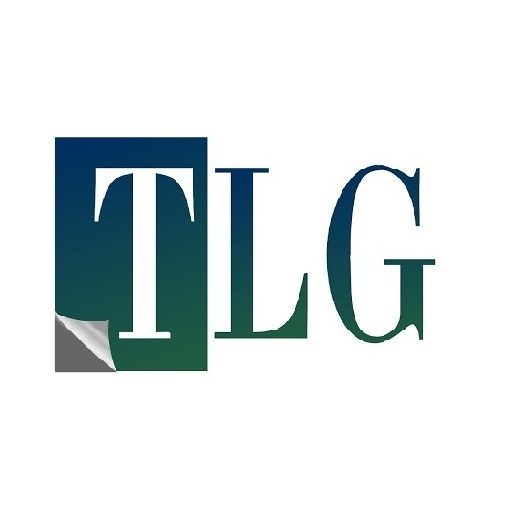As extreme weather events trigger the highest insurance claims on record, home insurance premiums are expected to climb significantly.
In 2025, home insurance premiums have increased by 5.28 per cent – well above the rate of inflation – according to a report by My Choice Financial, a Canadian insurance aggregator and comparison platform. This follows a previous rise of 7.66 per cent in 2024.
While various factors are influencing the rise, experts in the insurance sector say climate change is a key driver.
“It’s resulted in unprecedented insured losses nationwide. In particular, the summer of 2024 saw over $7 billion in insured losses during a single quarter,” said Jason Clark, National Director of Climate Change and Federal Issues at the Insurance Bureau of Canada.
The Insurance Bureau reports that a record $8.5 billion in claims were paid out in 2024 – three times the amount in 2023, and twelve times the annual average between 2001 and 2010.
That figure also eclipses the previous record of $8 billion set in 2016 following the Fort McMurray wildfires in Alberta.
“We’re witnessing an increased level of risk across the country – whether it’s hurricanes in Atlantic Canada, hailstorms in Alberta, or wildfires nationwide. But the most frequent and damaging event remains flooding,” Clark noted.
He explained that around 1.5 million Canadian homes are currently ineligible for flood insurance due to the high level of risk. While a national flood insurance programme for high-risk households has been under development by the federal government for several years – with funding pledged in the 2024 budget – it has not yet been rolled out, due to Parliament being prorogued.
Mary Kelly, Professor of Finance at Wilfrid Laurier University, said that the growing number of severe weather events means virtually all parts of Canada now face potential danger, which is contributing to rising premiums across the board.
“Insurance companies are saying that even if you live in what was once considered a safe area, you’re still vulnerable. You could experience a microburst or a rainstorm that overwhelms the drainage system, leading to flooding. That’s the new reality – there’s really no completely safe area in Canada anymore,” she said.
Kelly also advocates for government intervention in areas where private insurers are unable or unwilling to provide cover.
“We’re among the few countries where the government plays no role in backing insurance,” she added. She referenced California’s approach, where government programmes step in to offer earthquake cover when private insurers deem the risk too high.
“In future, insurers will need to see some form of government support. A commitment that, in the event of catastrophic loss, the government will step in as a financial backstop to prevent companies from going under,” she said.
Kelly also encourages homeowners to be proactive, by making their homes more resilient to extreme weather. She recommends visiting the Institute for Catastrophic Loss Reduction’s website for practical guidance.
However, both Kelly and Clark emphasise that broader action is essential – not just at the individual level, but through government-led initiatives to tackle climate change and reduce the risks associated with it.
“There’s an urgent need for a collective focus on climate adaptation. We need all levels of government to invest in protecting communities from growing climate-related risks,” said Clark. “We’re clearly seeing the impacts of changing weather patterns and the rising cost of extreme events. It’s a challenge that demands immediate and coordinated action.”




